Check two places at once
Guangxi (China) import and export management agencies have proposed to Lang Son province to build a "two-inspection" pilot zone for goods standards in import and export through border gates in Lang Son.
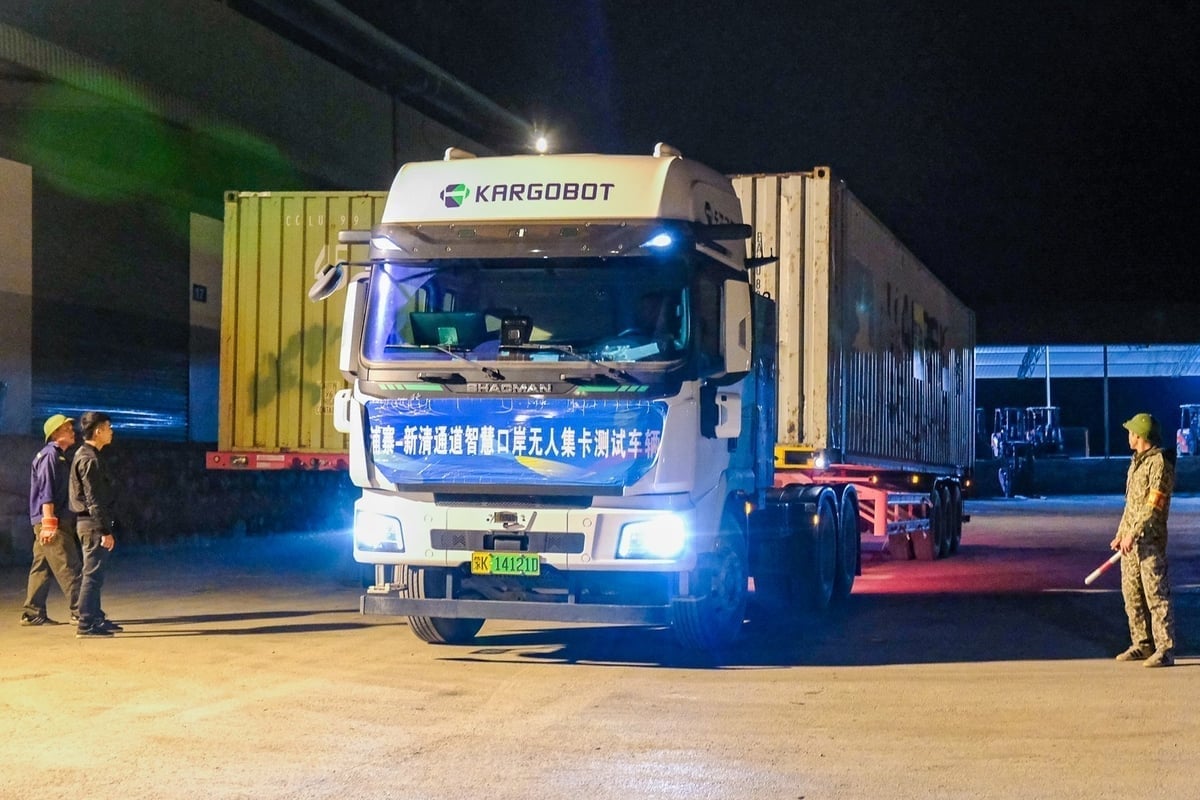
An unmanned electric vehicle (AGV) passes kilometer 0, entering Vietnam. The text on the front of the vehicle reads: Testing unmanned electric vehicles through the Po Chai - Tan Thanh smart border gate. Photo: Hoang Nghia .
The “one-site, two-inspection” model is understood as a mechanism for both sides to recognize standards, conduct goods inspections at a common point and share information, thereby facilitating border trade. According to the proposal, the Chinese side will send personnel and inspection equipment, including agricultural product inspection, to Lang Son, while the Vietnamese side will provide the premises and technical infrastructure.
Lam Thien Tinh Agricultural Products Trading Company Limited, the initiator of the model, believes that Vietnam has abundant agricultural products such as rice, coffee, rubber, cashew nuts, fruits, etc. and the Chinese market has great demand. Therefore, standardizing quarantine at a common point will help solve the bottlenecks that cause congestion in Lang Son during the main harvest season and expand agricultural trade cooperation between the two countries.
Chinese businesses also believe that the “one-stop shop” model could become a model for standardizing cross-border trade in ASEAN, towards intelligence and scale.
According to Chinese media, the “one-site, two-inspection” model was first piloted in August 2024 on the freight route from China to Laos, implemented by Lam Thien Tinh Company. This enterprise is introduced as having successfully built many sets of standards in road, air, sea transport and urban goods distribution.
However, the model is currently in the discussion and testing phase. In the immediate future, the two sides are aiming to develop a smart border gate by testing unmanned electric tractors (AGVs) on the dedicated route in the area of markers 1088/2–1089 (Tan Thanh – Po Chai). On November 10, Lang Son recorded the first successful test run of AGVs at Tan Thanh border gate. These vehicles operate using a system of cameras, sensors and a pre-installed navigation system.
According to the plan, the pilot AGV vehicle customs clearance at night on the Tan Thanh - Po Chai route will last for one month, from 6:30 p.m. to 8:00 p.m. every day, starting in November 2025. Although they are self-propelled vehicles, Chinese AGV vehicles entering Vietnam must still complete all procedures according to regulations, similar to other means of transporting imported goods.
Halving customs clearance time for agricultural products
The Management Board of Dong Dang – Lang Son Border Gate Economic Zone said that the Chinese side has proposed to deploy a pilot model in 2025. Lam Thien Tinh Company has registered for a pilot project to standardize cross-border logistics at the national level, considering this as a foundation to coordinate with the authorities of the two countries, agricultural enterprises and trade associations of Vietnam to build a joint cooperation mechanism.

Tan Thanh border gate authorities regulate and separate vehicles carrying agricultural products for export to China. Photo: Hoang Nghia.
Regarding the content of cooperation, the two sides will move towards agreeing on the mechanism of “Mutual Recognition of Standards”. After the negotiation process and customs reports from each country, the testing agreement is expected to be signed by the end of April 2026.
The Chinese side proposed to build a common information platform for cross-border inspection and testing of agricultural products. This system allows both sides to access and compare data immediately, ensuring transparency, accuracy and fairness. Vietnam and China Customs can also sign an agreement on mutual trust and data security, clarifying the responsibilities and powers of each side.
More specifically about “One-stop inspection”, the Chinese side proposed to build an information platform for inspection and testing of agricultural products across the Vietnam-China border. This approach aims to immediately check data between the customs of the two countries, ensuring accuracy and fairness. The customs agencies of the two countries may also sign an agreement on mutual trust and information security, clearly defining the authority and responsibility of each party.
The Chinese side also proposed a 3-month trial run, to be completed before the end of August 2026. After that, the "Pilot Zone for Standardization of 'One Land, Two Controls'" mechanism in agricultural product transactions across the Vietnam-China border will be officially launched.
According to the assessment of the Dong Dang - Lang Son border gate economic zone management board, this model is expected to reduce the customs clearance time of Vietnamese agricultural products by half. At the same time, substandard shipments will reduce travel and wharfage costs in China, because they can return right in Vietnam.
Source: https://nongnghiepmoitruong.vn/mo-hinh-mot-lan-kiem-dinh-giam-nua-thoi-gian-thong-quan-nong-san-d784901.html





![[Photo] Next to the "mountain of trash" after the flood, Tuy Hoa residents strive to rebuild their lives](/_next/image?url=https%3A%2F%2Fvphoto.vietnam.vn%2Fthumb%2F1200x675%2Fvietnam%2Fresource%2FIMAGE%2F2025%2F11%2F24%2F1763951389752_image-1-jpg.webp&w=3840&q=75)


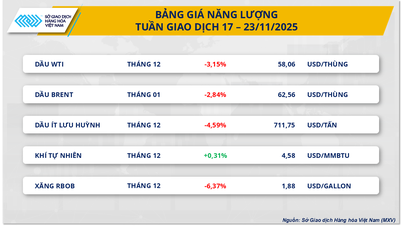



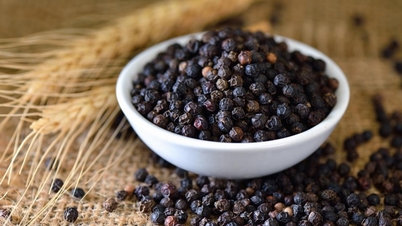


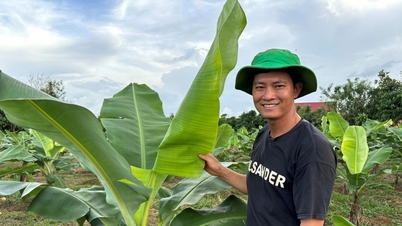
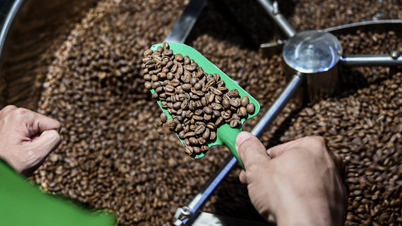

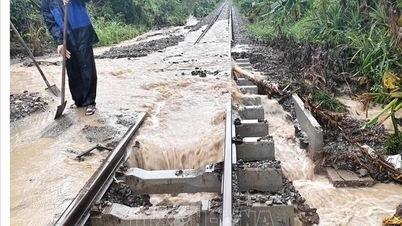


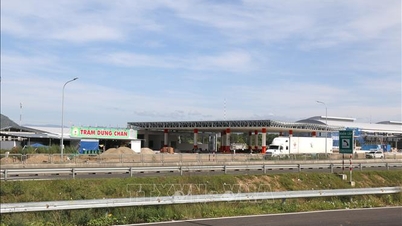

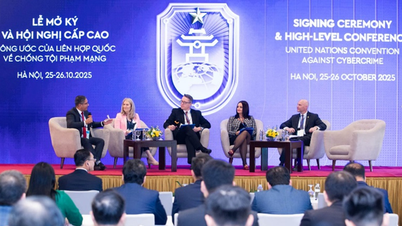






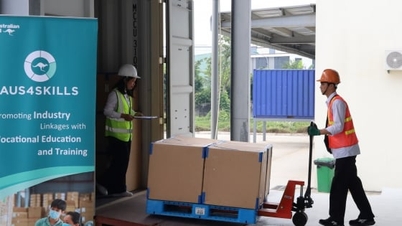
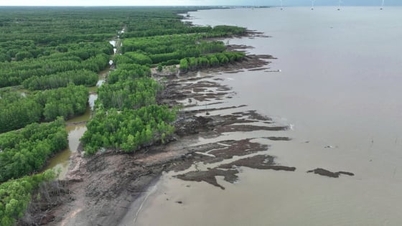
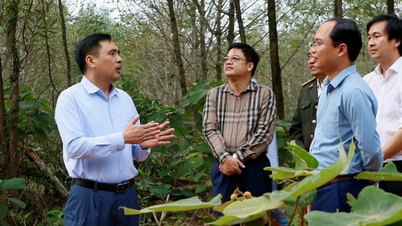
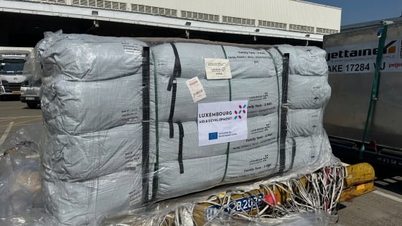

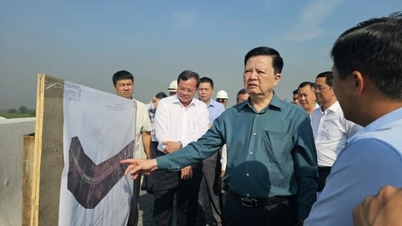





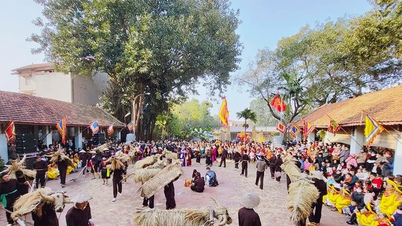

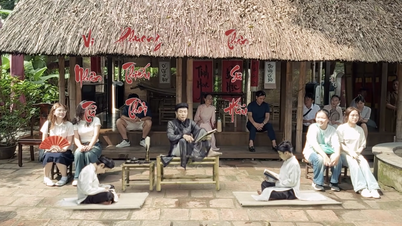



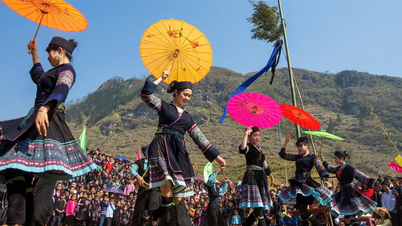






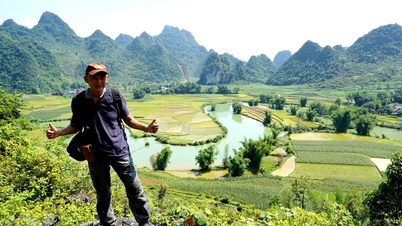

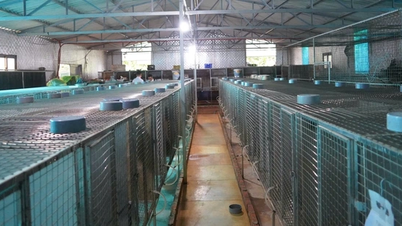



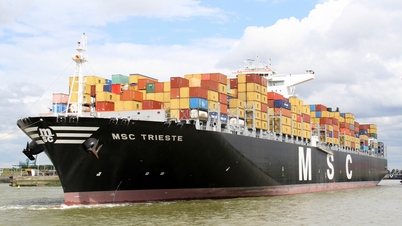





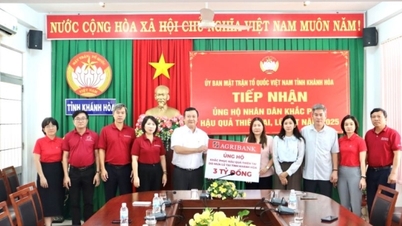








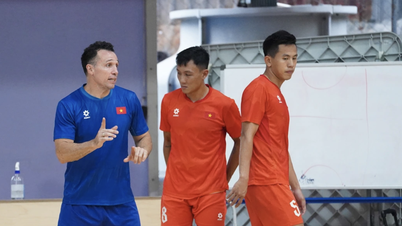


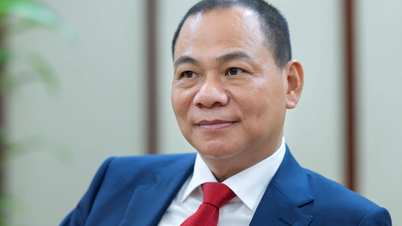


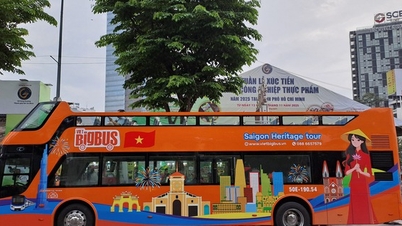





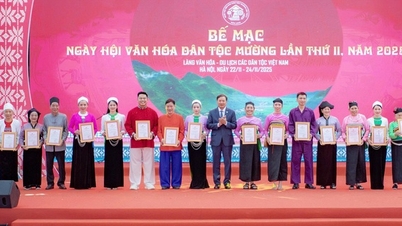


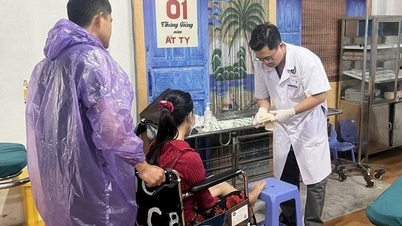

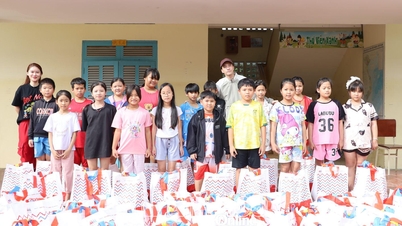

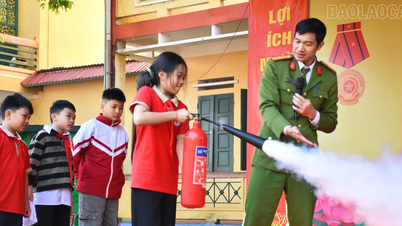
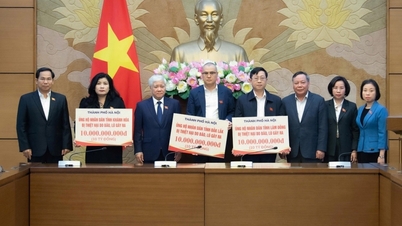
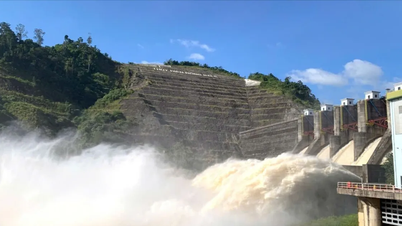













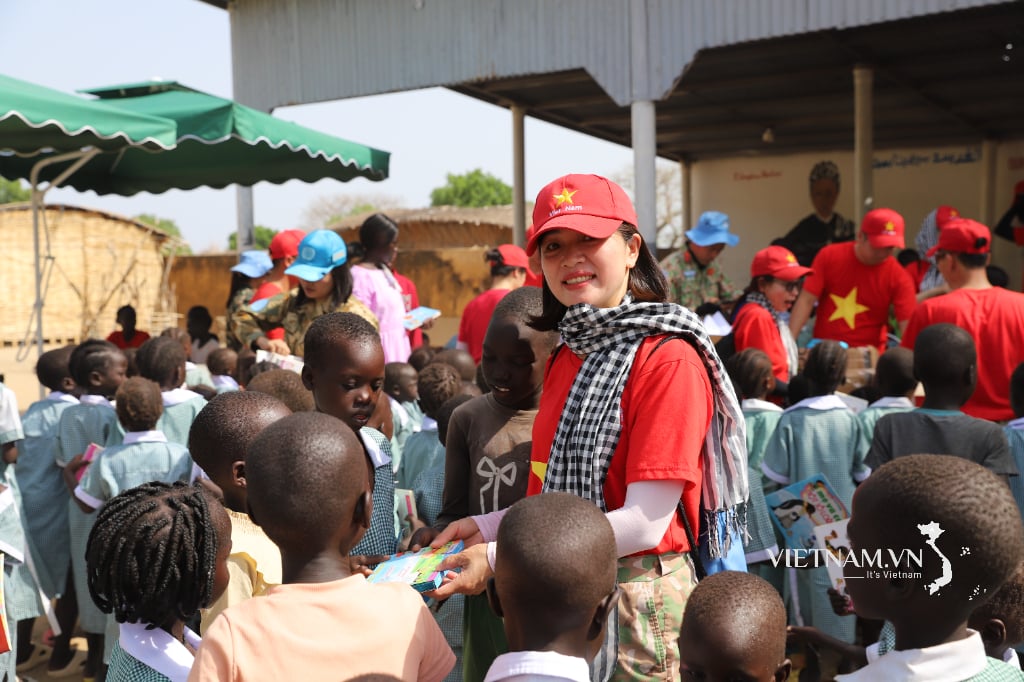
Comment (0)